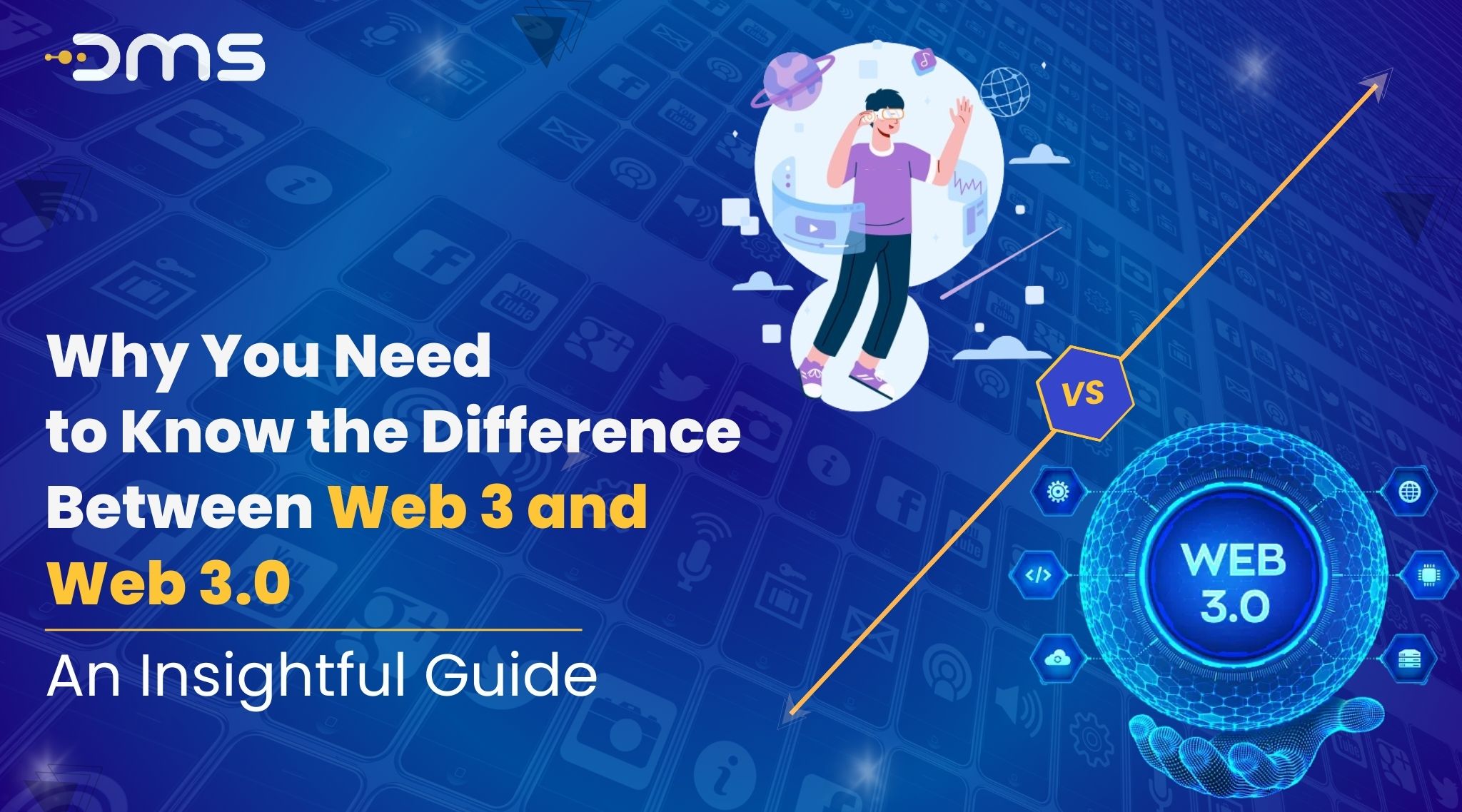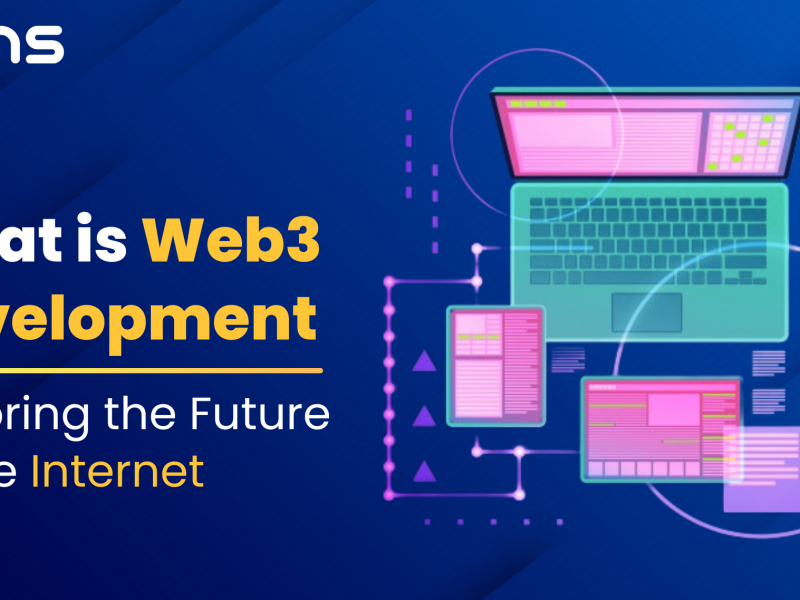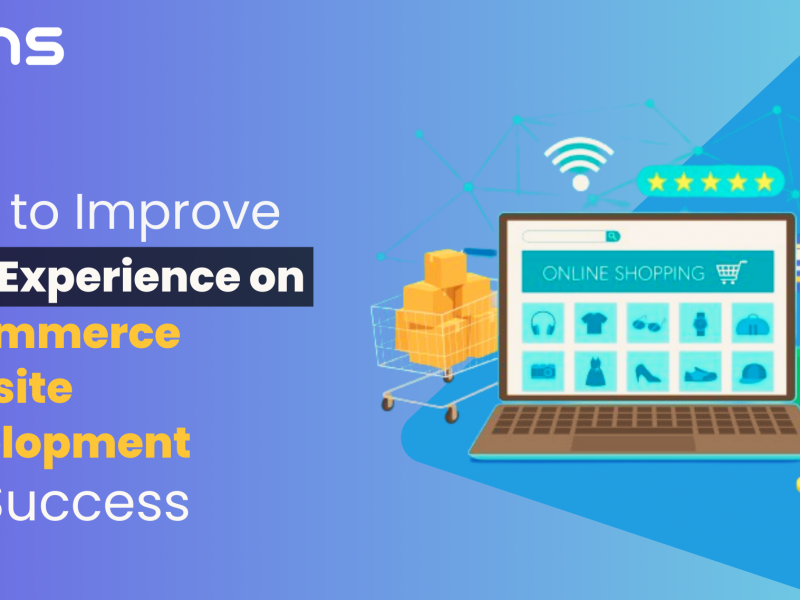Over the years, the internet has undergone profound evolution, fundamentally altering the way we communicate, engage in commerce, and access information. In this dynamic landscape, discerning the difference between Web 3 and Web 3.0 has emerged as an essential endeavor.
Brief Overview of Web 3 and Web 3.0 the Evolution of the Internet
The internet has undergone remarkable transformations from the static web pages of the early 1990s to the dynamic and interactive platforms of Web 2.0.
Web 3 and Web 3.0 represent the next phase of internet evolution, promising decentralized, interoperable, and user-centric digital experiences.
Importance of understanding the distinction
Differentiating between Web 3 and Web 3.0 is essential for navigating the rapidly changing digital landscape and harnessing the potential of emerging technologies.
Understanding Web 3
Web 3 redefines the way we perceive and interact with the Internet, emphasizing principles such as decentralization, interoperability, and user control of data.
Defining Web 3
Web 3 refers to a vision of the Internet where power is distributed among users rather than centralized authorities.
Key Characteristics and Principles
Decentralization
Web 3 aims to decentralize digital ecosystems, reducing reliance on centralized entities and fostering peer-to-peer interactions.
Interoperability
Interoperability enables seamless communication and collaboration across diverse platforms and networks, enhancing connectivity and accessibility.
User control of data
In Web 3, individuals have greater control over their data, leading to enhanced privacy and security.
Examples of Web 3 technologies
Examples of Web 3 technologies include blockchain, decentralized applications (dApps), and peer-to-peer networks.
Exploring Web 3.0
Web 3.0 represents the evolution of the internet towards intelligent, personalized, and context-aware experiences, driven by advancements in artificial intelligence and semantic technologies.
Definition of Web 3.0
Web 3.0 embodies the vision of a semantic, interconnected web, where machines understand and interpret information in a meaningful way.
Evolution from Web 2.0 to Web 3.0
Web 3.0 builds upon the foundations of Web 2.0, incorporating advanced technologies to deliver more intuitive and personalized experiences.
Characteristics of Web 3.0
Artificial Intelligence Integration
Web 3.0 leverages artificial intelligence to analyze vast amounts of data, personalize content, and enhance user experiences.
Semantic web
The semantic web enables machines to understand the context and meaning of information, facilitating more accurate search results and recommendations.
Personalization and Contextualization
Web 3.0 tailors content and services based on user preferences, behavior, and environmental factors, creating more relevant and engaging experiences.
Key Differences Between Web 3 and Web 3.0
Clarifying the distinctions between Web 3 and Web 3.0 dispels misconceptions and highlights the unique characteristics and implications of each concept.
Clarification of Terms and Common Misconceptions
Distinguishing between Web 3 and Web 3.0 involves debunking myths and clarifying their respective roles in shaping the future of the Internet.
Technological Advancements and Innovations
Web 3 and Web 3.0 introduce innovative technologies and paradigms that redefine digital interactions and enable new forms of value creation.
Implications for Businesses and Users
Understanding the differences between Web 3 and Web 3.0 helps businesses and users adapt to changing trends, seize opportunities, and mitigate risks effectively.
The Impact on the Digital Economy
The transition to Web 3 and Web 3.0 has profound implications for the digital economy, disrupting traditional business models while creating new opportunities for innovation and entrepreneurship.
Disruption of Traditional Business Models
Web 3 and Web 3.0 challenge centralized business models, empowering individuals and communities to participate in value creation and distribution.
Opportunities for Innovation and Entrepreneurship
The decentralized nature of Web 3 fosters innovation, enabling startups and entrepreneurs to experiment with novel ideas and business models.
Challenges and Risks
Despite the potential benefits, transitioning to Web 3 and Web 3.0 presents challenges such as regulatory uncertainty, scalability issues, and user adoption barriers.
Use Cases of Web 3 and Web 3.0
Web 3 and Web 3.0 unlock a myriad of use cases across various industries, ranging from decentralized finance to the Internet of Things.
Cryptocurrencies and Blockchain Technology
Blockchain technology underpins Web 3 applications such as cryptocurrencies, enabling secure and transparent transactions without intermediaries.
Decentralized Finance (DeFi)
DeFi platforms leverage blockchain and smart contracts to offer financial services without traditional banks, enabling greater financial inclusion and autonomy.
Smart Contracts and Decentralized Applications (dApps)
Smart contracts automate and enforce agreements in a trustless manner, facilitating the development of decentralized applications for various purposes.
Internet of Things (IoT) and Machine-to-Machine Communication
Web 3 and Web 3.0 enable secure and autonomous communication between IoT devices, enhancing efficiency and reliability in interconnected systems.
Adoption and Implementation Challenges

Despite the potential benefits, widespread adoption of Web 3 and Web 3.0 faces several challenges, including regulatory concerns, scalability issues, and user adoption barriers.
Regulatory Concerns and Legal Frameworks
Regulatory uncertainty surrounding cryptocurrencies and decentralized applications hinders adoption and innovation in the Web 3 space.
Scalability Issues
Scalability limitations of blockchain networks pose challenges for handling increasing transaction volumes and supporting the widespread adoption of Web 3 technologies.
User Adoption Barriers
Complexity, usability, and interoperability issues deter mainstream users from embracing Web 3 applications, limiting their mass adoption.
Investing in Web 3 and Web 3.0 Technologies
Investing in Web 3 and Web 3.0 technologies offers the potential for significant returns but entails risks and requires careful consideration of market trends and technological developments.
Growth Potential and Market Trends
The growing interest in decentralized finance, non-fungible tokens (NFTs), and Web 3 applications reflects the increasing demand for innovative solutions in the digital economy.
Key Considerations for Investors
Investors should assess the technological viability, market demand, and regulatory landscape before allocating capital to Web 3 and Web 3.0 projects.
Risks and Rewards
While Web 3 technologies offer the promise of decentralization and autonomy, they also entail risks such as regulatory scrutiny, market volatility, and technological vulnerabilities.
Future Outlook and Trends
Predicting the future of Web 3 and Web 3.0 involves anticipating emerging technologies, regulatory developments, and socio-economic trends that shape the digital landscape.
Predictions for the Future of Web 3 and Web 3.0
The continued evolution of blockchain, artificial intelligence, and decentralized technologies will drive innovation and reshape digital interactions in the years to come.
Conclusion: Emerging Technologies and Innovations
Emerging technologies such as decentralized autonomous organizations (DAOs), metaverse platforms, and quantum computing hold promise for advancing the capabilities of Web 3 and Web 3.0.
This blog outline provides a comprehensive overview of why understanding the difference between Web 3 and Web 3.0 is crucial in navigating the evolving digital landscape, especially for DMS Infosystem.
By exploring their definitions, characteristics, use cases, and implications, readers gain insights into the transformative potential of these emerging technologies for DMS Infosystem.


